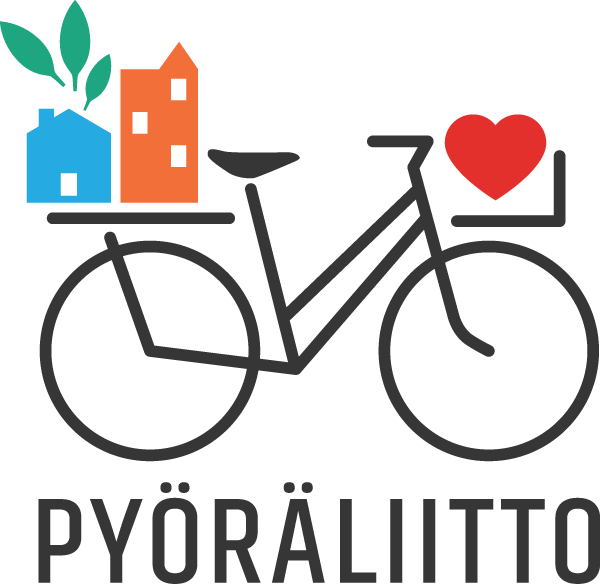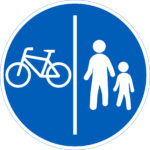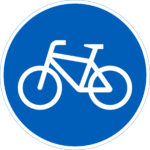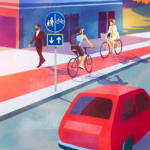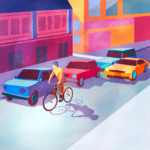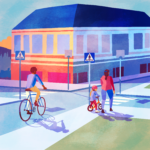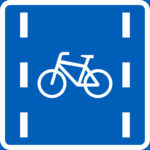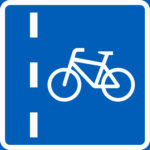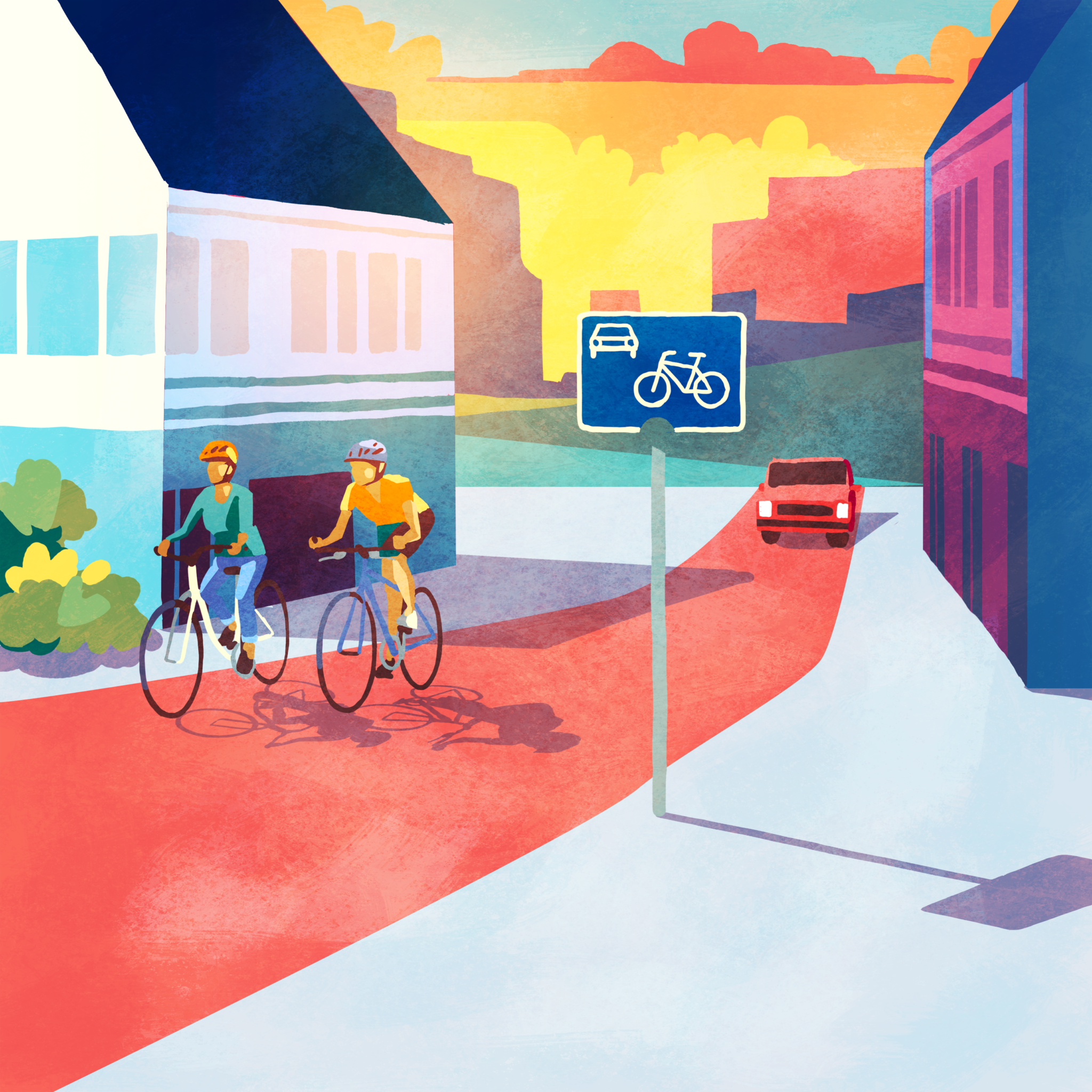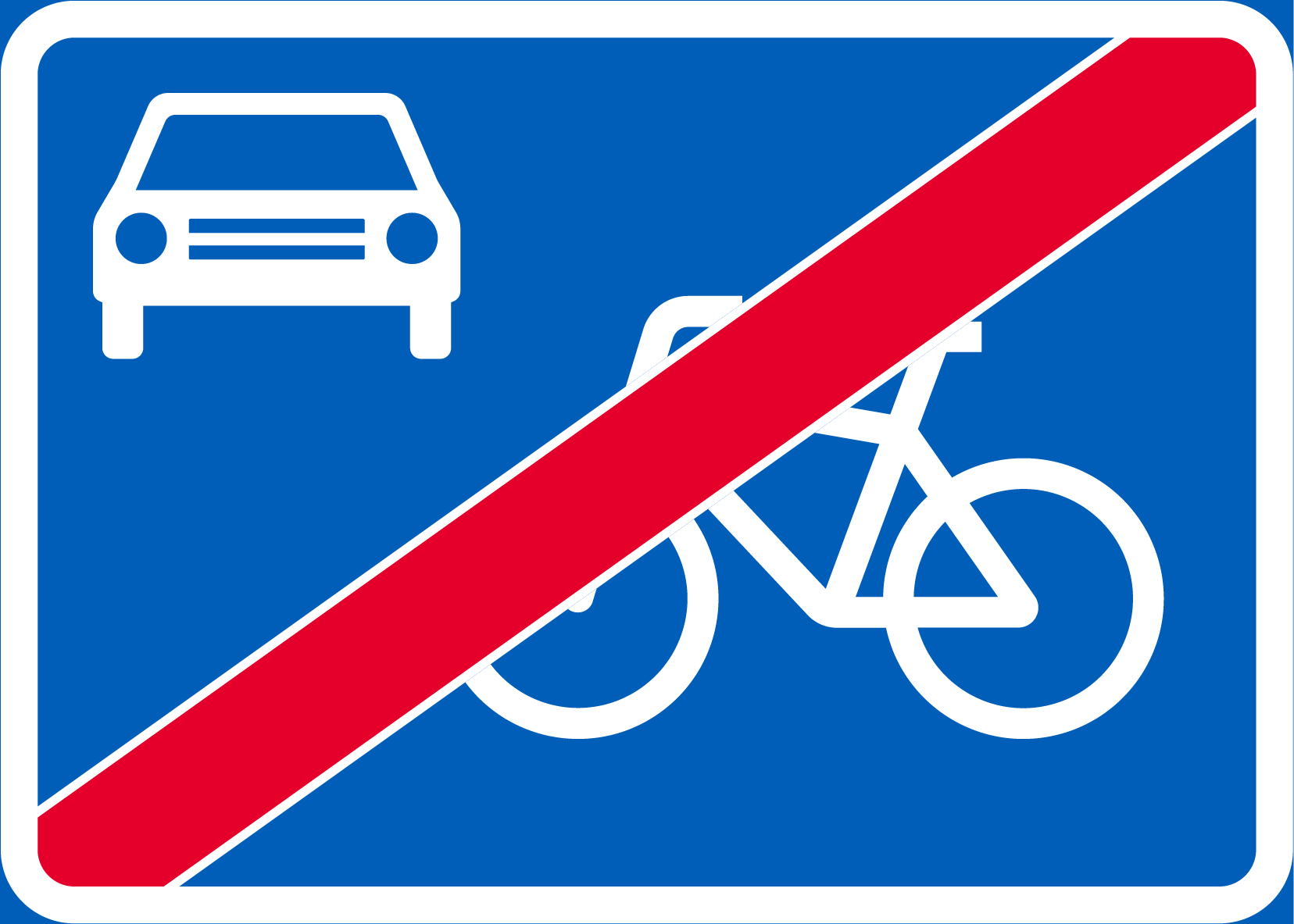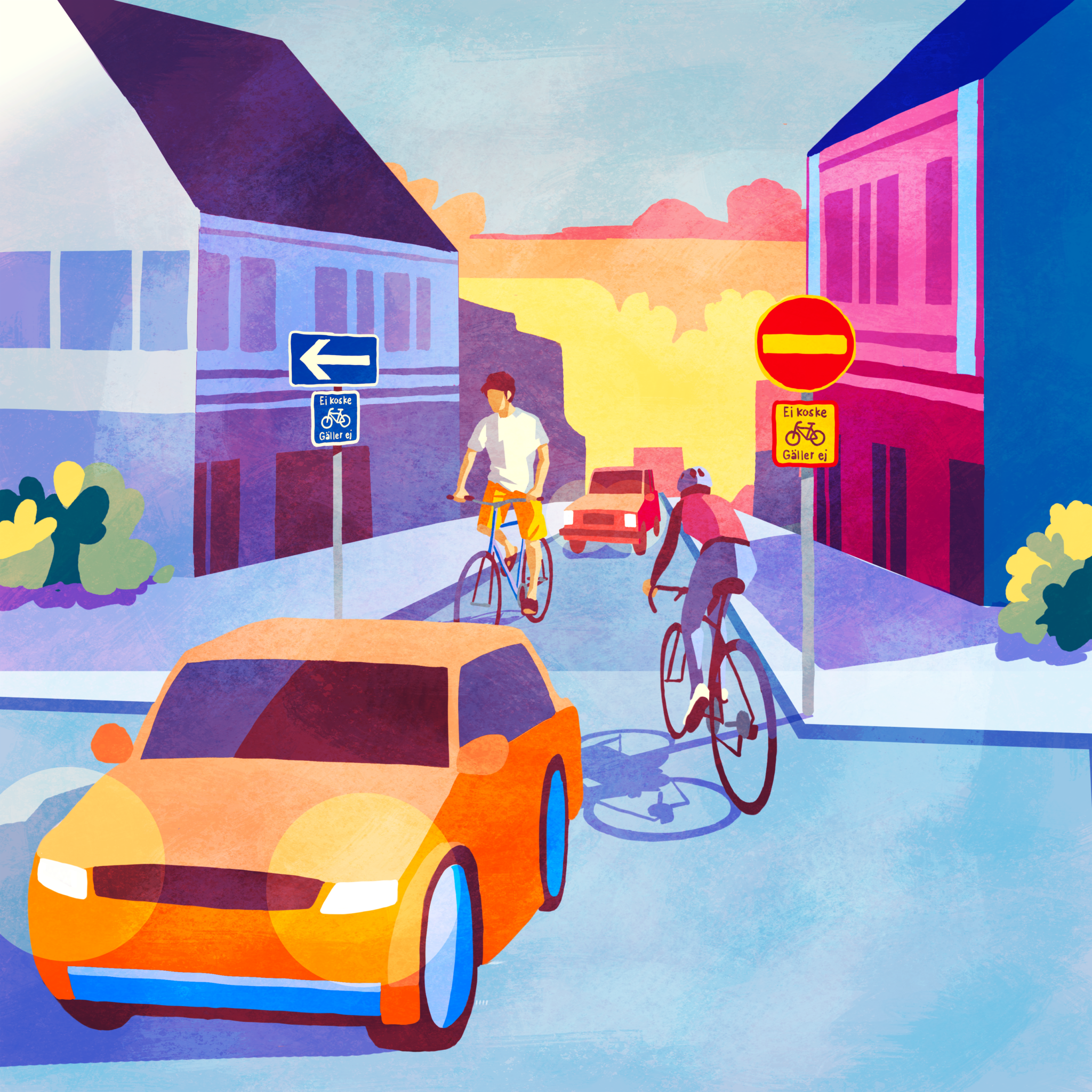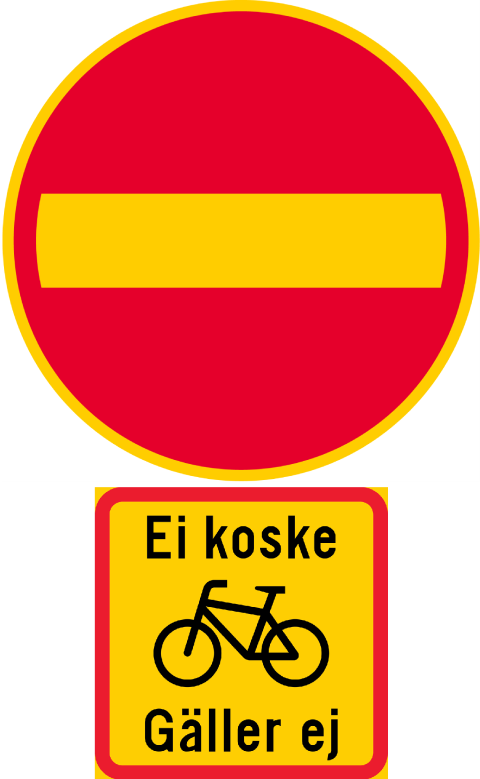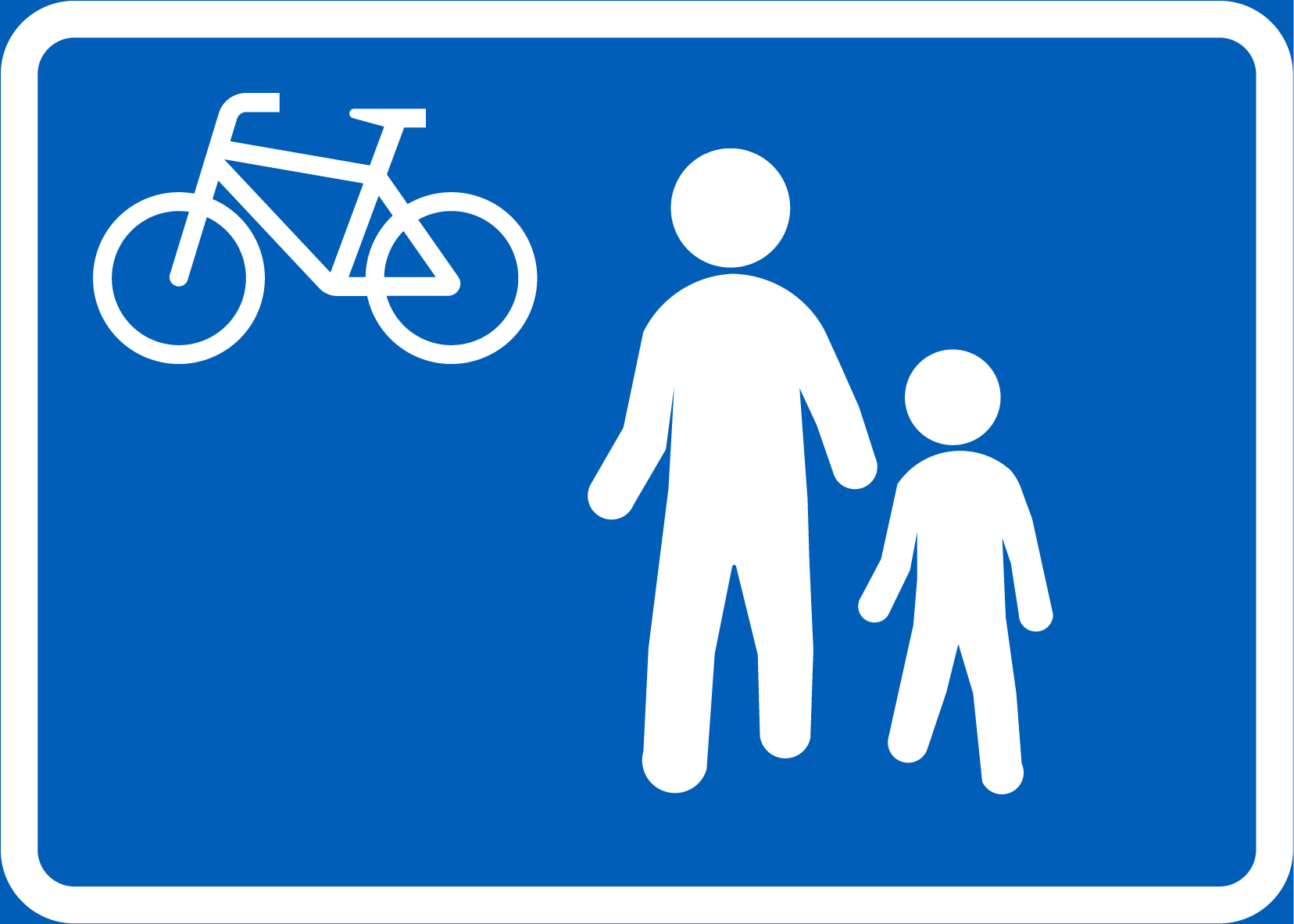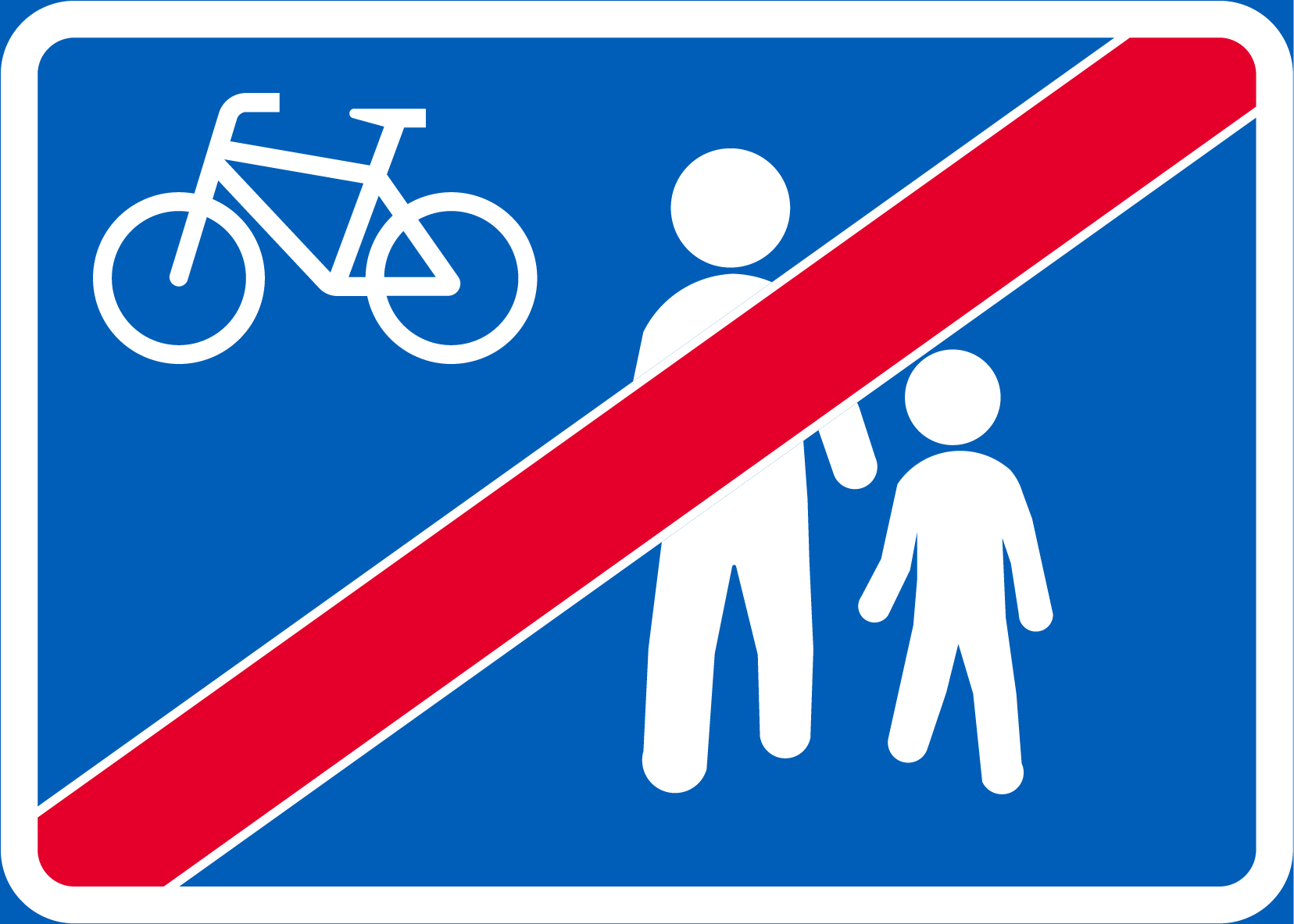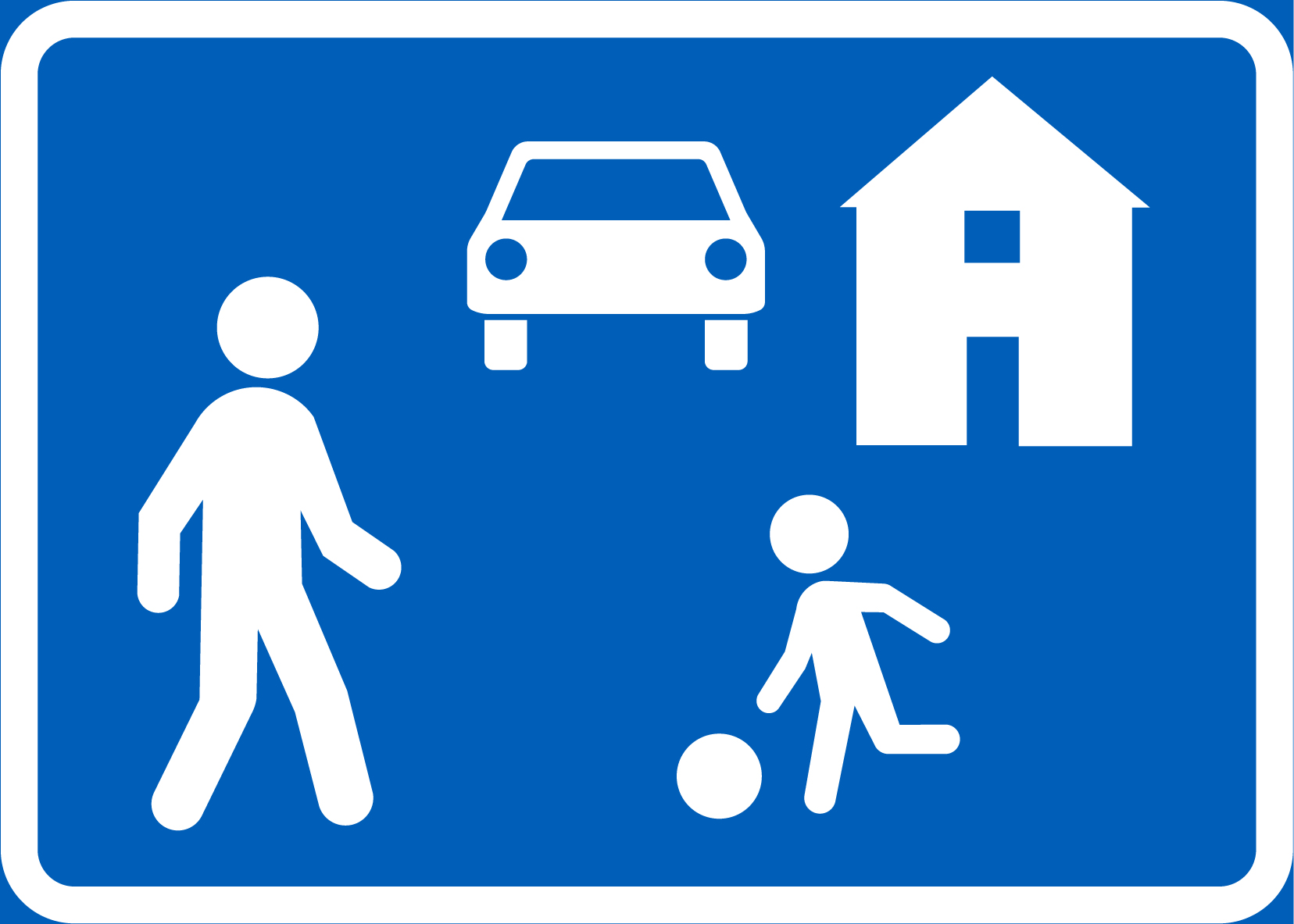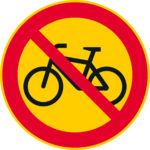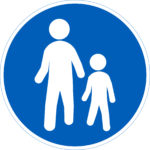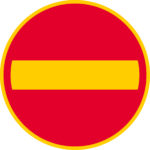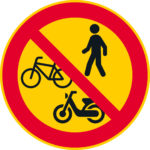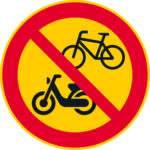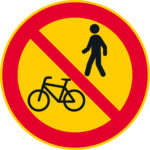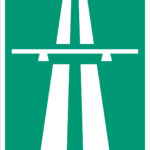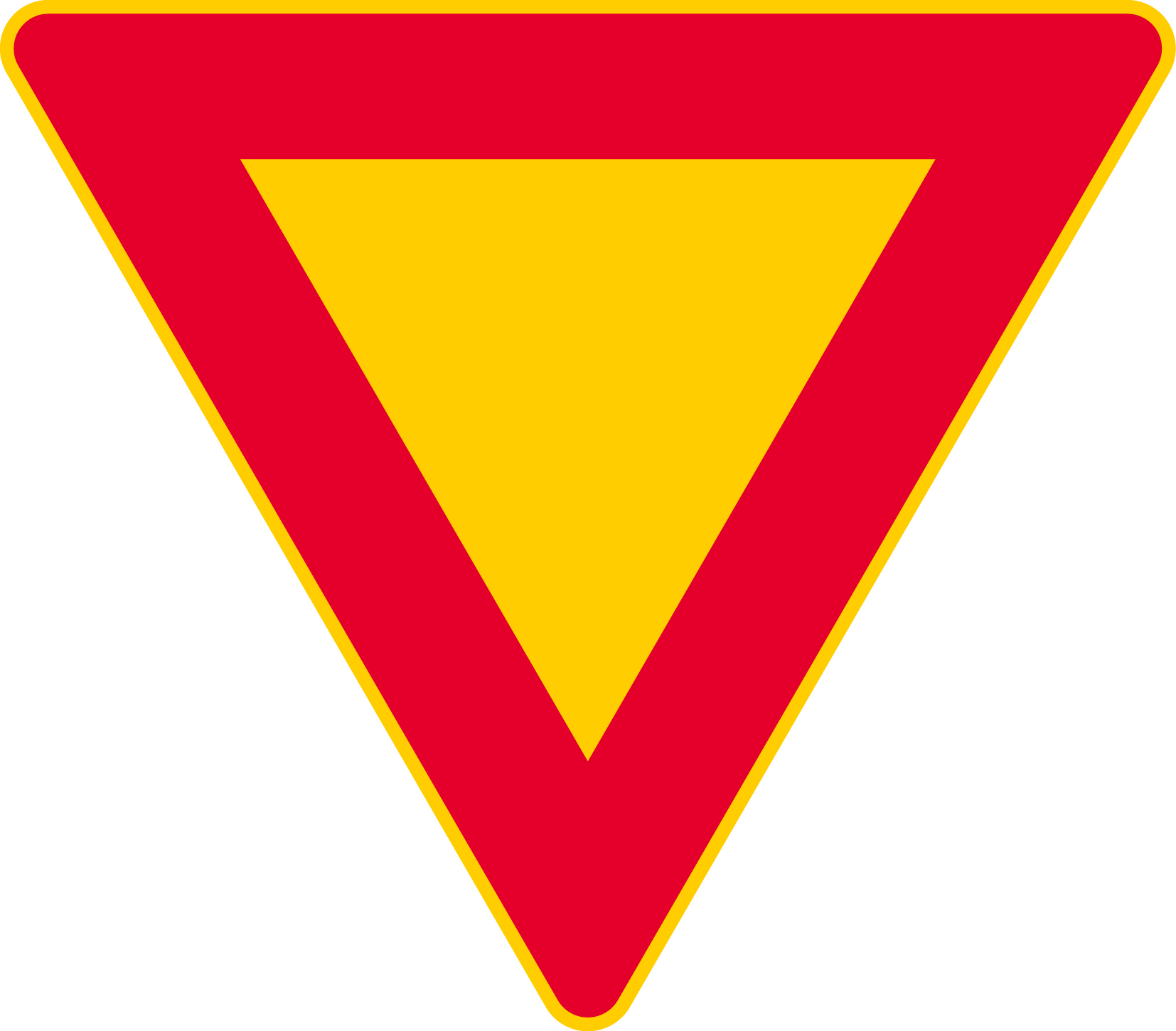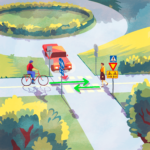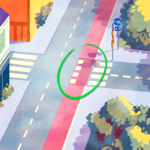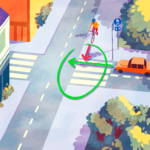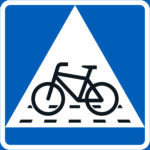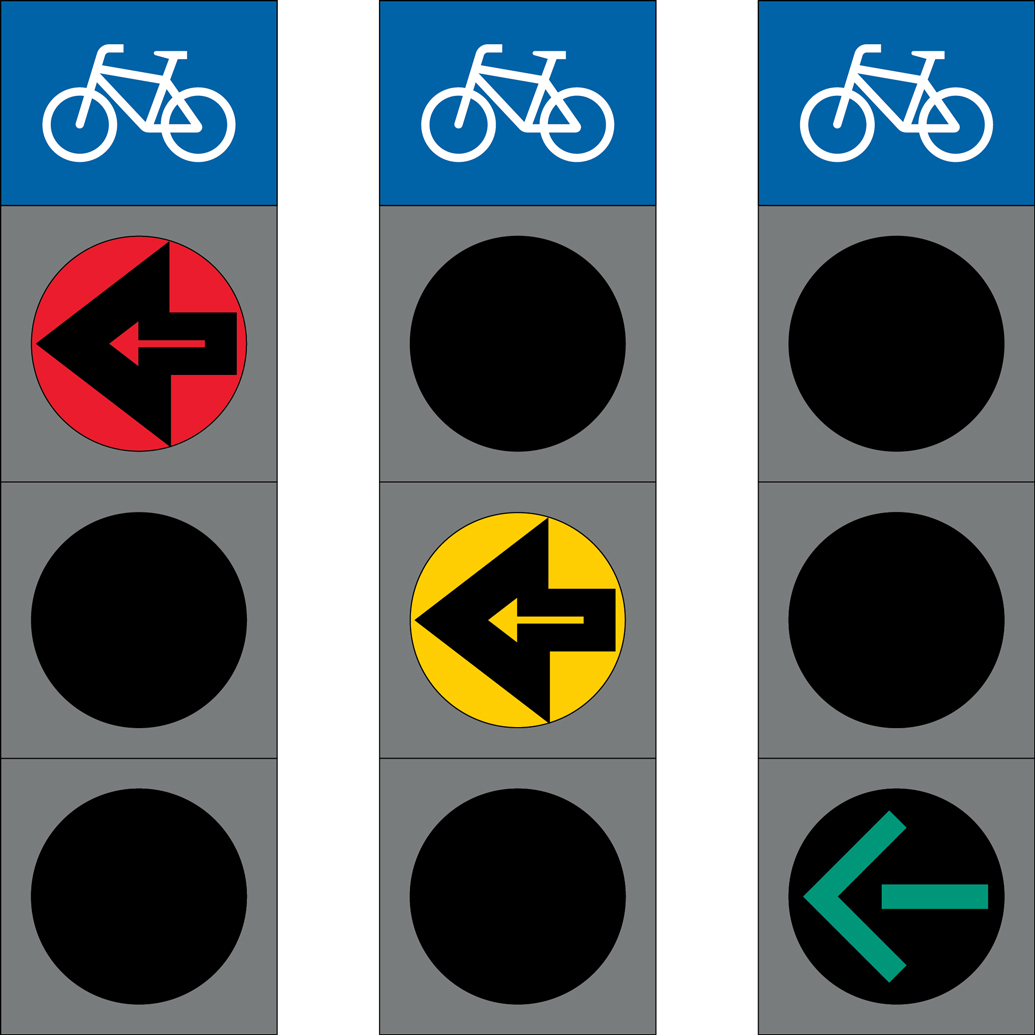Traffic code amends – ride safely and in accordance with the new law!
New Traffic Code came into force 1.6.2020. (In Finnish)
Trafikregler för cyklister web.
Anticipate and follow rules
Every cyclist´s duty is to learn traffic rules. Safe traffic is a result of everybody following mutual rules and expressing their intentions clearly.
According to law, cyclists must adjust their speed to current conditions, and to be careful and cautious. Always maintain a speed, which allows you to anticipate all situations you can possibly face.
Do not cycle intoxicated!
Familiarize yourself with the rules
Cyclists´ place on the road
Give-way rules and turning
Equipment of a bicycle, and loading a bicycle
Fixed penalty, and maximum dimensions of a bicycle
Cyclists´ place on the road
Bicycle is a vehicle, and you must ride primarily on carriageways, or on separated cycleways. You can also ride on living streets, pedestrian zones, and cycle streets.
On cycleways
- Ride on the right side of the cycleway.
- NEW: If cycleway is on the left, considering your direction of travel, and it is safer to ride on a roadway, or on a shoulder, you can do so.
- NEW: Cycleways have, per se, one-way traffic. If there is a two-way traffic, it is marked with an extra sign (picture). Transition time for installing extra signs lasts until 1.6.2027.
Joined cycleway and pavement
- Ride on a joined cycleway and pavement like on a cycleway. Take pedestrians into account and give them safe space to move. If necessary, ring a bell, when you intend to overtake.
On carriageways
-
- Ride primarily on the right side of the road, or on a shoulder.
- In towns, there are usually no shoulders. This case, ride on the right side of the center of the lane. This way you make sure that you have enough space.
- Maintain safe distance to parked cars and obstacles.
On cycle lanes
- Ride on the right side of your lane. However, maintain safe distance to parked cars and obstacles.
NEW: On cycle streets
- Cyclists define the speed, and other vehicles let the cyclists have a free way to move.
- Ride on the right side of your lane.
NEW: On one-way streets riding may be allowed to both directions
- You can ride to both directions on one-way streets if it is permitted by traffic signs. This case, the traffic sign “No Entry” has an extra sign with a text ”Does not apply” and a picture of a bicycle.
- Ride on the right side of your lane.
- Be especially careful in these situations, because this is a new practice, and for other street users, cyclists approaching from the opposite direction can be a surprise. Intersections are especially dangerous places.
On living streets and pedestrian zones
- Pedestrians define the speed, and they must have a free way to move.
- Cyclists´ speed, or the speed of other vehicles cannot exceed 20 km/h.
Do not cycle here
- Cycling is prohibited on pavements, motorways, and dual carriageways.
- Only children under age of 12 can ride on pavements.
- On pavements there is usually no traffic sign. They are separated from roadways with curbs.
- Difference between cycleways and pavements is a traffic sign: on cycleways there is always a traffic sign, permitting cycling.
Back to top (LINKKI)
Give-way rules and turning
Be especially careful in intersections, and make sure that others have noticed you.
On carriageways, and in cycleway intersections
- Give way to traffic, approaching from your right, and to pedestrians.
- Note traffic signs: you must give way, if you have a so-called downward-facing triangle, or a stop sign in front of you.
Turning
- Get to the edge of the lane when you turn.
- According to the rule, when you turn right, go as close as possible to the right edge of the intersecting road. When you turn left, go to the immediate right side of the marked or unmarked centerline of the intersecting road, or to the left edge of a one-way carriageway.
- If the carriageway, where you are turning to, has several lanes to the same driving direction, you can turn to the most suitable lane for you. Take the other traffic into account.
- Give a signal with your arm when you turn – also on cycleway intersections!
Give way when you turn by bicycle, car, or any other vehicle:
- To pedestrians, cyclists, and moped drivers on intersecting roads, shoulders, cycle-only crossings, and zebra crossings.
- To oncoming traffic when you turn to left.
When you leave traffic circle on a carriageway, give way:
- To pedestrians, cyclists, and moped drivers crossing the street.
Cycle-only crossings (intersections of cycleways and carriageways)
-
- Cycle-only crossing is designated with two white dashed lines. This marking is used to point out the crossover for cyclists and moped drivers, approaching from a cycleway. It can also be used in other crossovers for cyclists and moped drivers.
- If a cycle-way crossing is marked aside zebra crossing marks, or in the middle of them, it is not necessary to mark the dashed line on the side of zebra crossing.
- NEW: Obligation to give way on a cycle-only crossing is usually designated to car drivers with a downward-facing triangle, stop sign or traffic lights. These traffic signs will be installed only by summer 2023.
- ATTENTION! Take the necessary precautions during the period of transition, and check, if there is a sign already. If not, cyclists must give way.
- Drivers of turning vehicles must give way to cyclists crossing an intersecting road on a cycle-only crossing, despite of the traffic sign, like before.
On zebra crossing
-
- You can cross zebra crossing riding by bicycle.
- Cyclists are obligated to give way, per se, when they approach zebra crossing from a cycleway.
- If the users of an intersecting road have a triangle or a stop sign, they are obligated to give way.
- Drivers of a turning vehicle must give way to cyclists crossing a road, also on a zebra crossing.
NEW: Cyclists´ crossover
-
- A heightened cycle-only crossing can be designated by a traffic sign “Obligation to give way on cyclists´ crossover”.
- The traffic sign designates that vehicles and trams must give way to cyclists crossing road on a cycle-only crossing.
Vehicle drivers (also cyclists) must give way:
-
- To other road users, when approaching a road from living streets, pedestrian zones, yards, parking lots, service stations, paths, or other little roads.
- To other road users, when approaching a carriageway after crossing a pavement or a cycleway.
- To pedestrians, cyclists, and moped drivers on a pavement, when crossing a pavement or a cycleway.
- To users of living streets, or pedestrian streets, when approaching a living street or a pedestrian street, or when crossing them.
Overtaking
-
- You must overtake a vehicle driving in front of you from the left if you drive a vehicle (also bicycle). Never overtake another cyclist on a cycleway from the right.
- During overtaking, using the side of oncoming traffic is allowed, if there is only one lane in the driving direction.
- If a vehicle driving in front of you is turning, or preparing to turn left, you can overtake it only from the right.
- It is also permitted to overtake from the right, if there are at least two lanes in the driving direction, and if the vehicles are moving on parallel lanes. Furthermore, cyclists can overtake other vehicles, except bicycles, from right.
- Prohibition of overtaking:
- A vehicle cannot overtake on a zebra crossing, intersection, or grade crossing, or right before them, using the side of the oncoming traffic. However, outside of built-up areas, this does not apply to other intersections, apart from the ones designated by traffic signs.
- Also, if the visibility is insufficient for safe overtaking; a lane used for overtaking is not free; a person, who overtakes, cannot return safely back to his own lane; a vehicle driving in front is just starting overtaking, or a vehicle behind has already started overtaking, it is not permitted to overtake using the side of oncoming traffic.
Traffic lights
-
- Cyclists must primarily follow bicycle traffic signals. In other cases, cyclists must follow the traffic signals for the traffic of their driving direction.
- Cyclists, riding on a cycleway, must follow the traffic signals for pedestrians, if there are no separate traffic signals for cyclists, or, if there are no traffic signals for pedestrians, the traffic lights for vehicles of their driving direction.
Back to top (LINKKI)
Equipment of a bicycle, and loading a bicycle
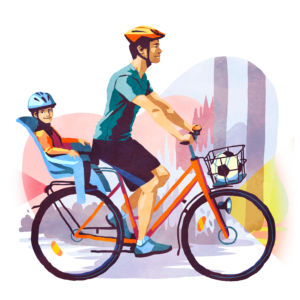
According to law:
- Wearing a helmet is recommended, but cyclists without a helmet, or persons without a helmet, transported on a bicycle, are not punished.
- Children, who are less than 135 cm tall, can be transported only on a suitable seat, or on a safety installation for children.
- Lights must be on in the dark and in the dusk: a headlight is white, and a rear light is red.
- Lights can be fixed to the bicycle, to the cyclist, to a backpack, or for instance to a helmet.
- Bicycles must have reflectors:
- White in the front.
- Red in the rear.
- Yellow or white on the sides.
- A bell, or other device, giving acoustic signals, is a compulsory equipment.
- Bicycle must have functioning brakes.
Check the condition of the bicycle. Check on regular bases especially wheel (= tire) fastenings, brakes, and the condition of gears and chains.
Transporting persons on a bicycle
The new Traffic Code mitigates remarkably regulations, concerning transportation of persons. In the future:
-
- It is not permitted to transport on a bicycle more persons than what it has been constructed for.
- Transporting passengers is permitted only if the bicycle has proper seats for the passengers.
- When a passenger is transported, the bicycle must have two separate brakes.
- It is permitted to transport passengers on a bicycle, not depending on their age.
Loading a bicycle, and transporting things
-
- It is not permitted to load a bicycle so that the load extends laterally outside of the bicycle.
- In the front a load can be maximum 1,00 meter, and in the rear maximum 2,00 meters outside of the outermost part of the bicycle.
- Recommendation: Carry your belongings in a pannier, basket, or backpack. Place heavy things as low as possible.
- Recommendation: The load must stay in place during speedup and braking, as well as in curves. For instance, a shopping bag should not be placed to hang on a handlebar, because it can cause danger.
Fixed penalty, and maximum dimensions of a bicycle
NEW: Fixed penalty
- The new Traffic Code makes changes in the system of penalty. Fixed penalty can be imposed for petty misdemeanors of the Traffic Code. For insignificant violations is given a caution.
- Fixed penalty is not imposed in cases of serious misdemeanors, which are included in the Criminal Code.
- Fixed penalty for cyclists is 40 €. If a fixed penalty is imposed for two or more misdemeanors at the same time, the penalty sum is raised with 40 € for that misdemeanor, which has the highest penalty.
Highest permitted speeds
- The speed limits for vehicles on carriageways, also involve cyclists on cycleways.
- The highest permitted speed for motorized bicycles, electric bicycles and light electric vehicles is 25 km/h, when a motor is used to increase or maintain the speed of a vehicle. You can ride faster by an electric bicycle if the speed is caused by pedaling.
Maximum permitted dimensions of a bicycle
- Width: Two-wheeled bicycle: 0,80 m. Bicycle with more than two wheels: 1,25 m.
- Width of a trailer: 1,25 m.
Back to top (Linkki)
Illustrations of the page: Emma Kantanen.
Illustrations can be freely used in articles about the Traffic Code.
Printable versions of the pictures you find here, and pictures for online publications here.
